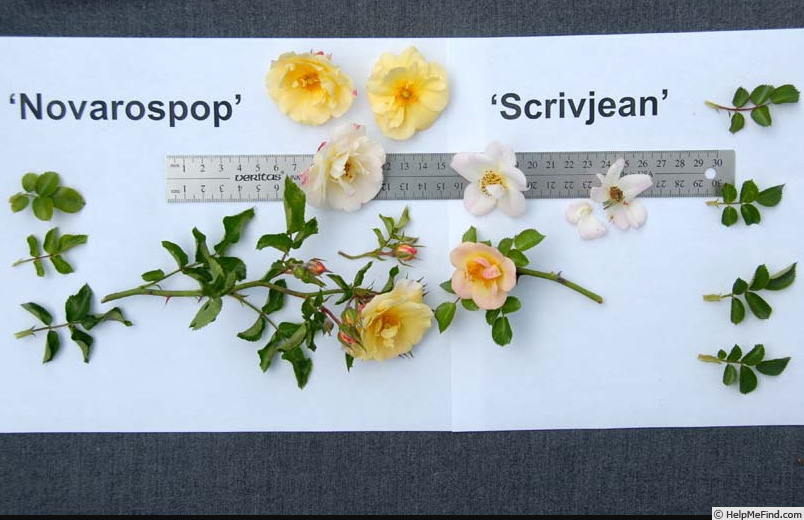|
|
'Popcorn Drift ®' rose Description

Photo courtesy of jedmar
HMF Ratings:
8 favorite votes.
Average rating:
EXCELLENT-.
Bloom:
Light yellow, ages to cream . None to mild, sweet fragrance. 23 petals. Average diameter 2". Medium, double (17-25 petals), in small clusters, cupped, globular bloom form. Blooms in flushes throughout the season. Small, ovoid buds.
Habit:
Arching, bushy, rounded. Glossy, dark green foliage. 3 to 7 leaflets.
Height: up to 10.5" (up to 25cm). Width: up to 2' (up to 60cm).
Growing:
Can be used for ground cover.
Patents:
Canada - Patent No: 5391 on 29 Nov 2016 Application No: 13-8082 on 2 Jul 2013 Breeder: Michael Dobres, NovaFlora, LLC, West Grove, United States of America
'Novarospop' originated from the irradiation of in vitro cultures of the Rosa variety 'Meiggili' by gamma rays by the breeder Dr. Michael S. Dobres at the University of Pennsylvania in Philadelphia, USA in January 2007. United States - Patent No: PP 24,773 on 19 Aug 2014 VIEW USPTO PATENTApplication No: 13/507,960 on 9 Aug 2012 Inventors: Dobres; Michael S. (Philadelphia, PA)
A radiation-induced sport of MEIggili (Peach Drift)
The new variety of Rosa hybrida shrub rose plant of the present invention was derived from the ‘MEIggili’ Rosa hybrida variety (U.S. Plant Pat. No. 18,542) through the use of mutagenesis followed by selection. More specifically, during January 2007 tissue cultured shoots of the ‘Meiggili’ variety were subjected to gamma radiation to form a population of plants which included various mutations. The resulting plants were rooted and transplanted during May 2007. Such plants thereafter were carefully studied and evaluated. A single invention was selected in view of its distinctive phenotype.
|